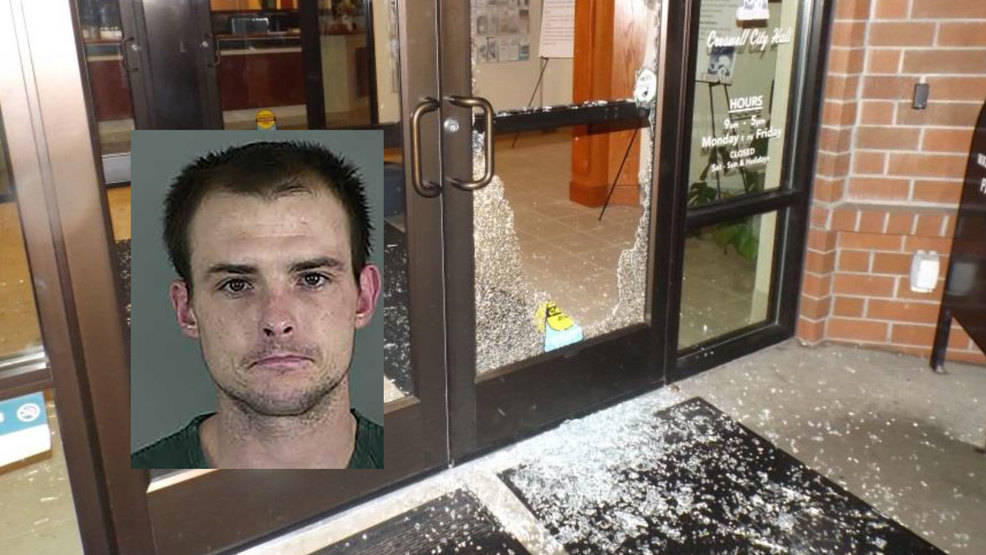

Some possible defenses that a criminal defense attorney may consider include: If you have been charged with criminal mischief in Texas, there are several possible defenses that may be available to you.

If the damage is valued at $100 or more but less than $750, the offense is a Class B misdemeanor punishable by up to 180 days in jail and/or a fine of up to $2,000.If the damage to the property is valued at less than $100, the offense is a Class C misdemeanor punishable by a fine of up to $500.Specifically, Texas Penal Code § 28.03 outlines the following degrees of criminal mischief: The degree of the offense and the potential punishment depend on the value of the property damaged or destroyed. The term “tamper” is also defined broadly to include any act that interferes with or damages property in a way that causes loss or damage to the owner or possessor of the property. The term “property” is defined broadly to include both tangible and intangible property, such as real estate, personal property, computer data, and computer software. The statute defines criminal mischief as intentionally or recklessly damaging or destroying property of another without their consent, or intentionally or recklessly tampering with the property of another person so as to cause damage or loss to that person. Texas’s statutory definition of criminal mischief can be found in the Texas Penal Code, Section 28.03. Statutory Definition of Criminal Mischief The offense may also be committed by tampering with someone else’s property, including making markings or inscriptions on it, without their consent.

Under the Texas Penal Code, criminal mischief is defined as intentionally or recklessly damaging or destroying someone else’s property without their effective consent.


 0 kommentar(er)
0 kommentar(er)
